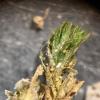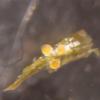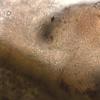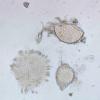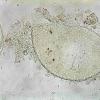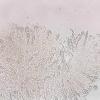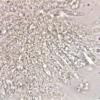
15-11-2025 23:22
Mario FilippaHello,this is what I think to be Hymenoscyphus mac

14-11-2025 16:26
 Marian Jagers
Marian Jagers
Hello everyone, On dead wood of Cytisus scoparius

15-11-2025 20:25
 Riet van Oosten
Riet van Oosten
Hello, Found by Laurens van der Linde, Nov. 2025

14-11-2025 18:31
 Lothar Krieglsteiner
Lothar Krieglsteiner
Hello,can somebody provide me with a file of:Rothe

12-11-2025 09:25
 Viktorie Halasu
Viktorie Halasu
Hello, I need help with a pale terrestric Pseudom

11-11-2025 20:16
Bohan JiaHi, lastly I have found these tiny yellow decayin

09-11-2025 13:20
Hello.A tiny ascomycete, appearing as erupting gra
I must refer to Elisabeth Stöckli's item "Nectria" with link: http://www.ascofrance.com/forum?page=1
In order not to disturb the flow of Elisabeth's item, I am launching a new item on the forum although I am convinced it is about the same species.
On 23 February 2023, I found on twigs of Sambucus nigra covered with Xanthoria parietina and Orthotrichum affine several small to very small fruiting bodies. On the rhizoids of O. affine it was Octospora affinis but on the leaves there were orange/pink perithecia singly or in small groups. They were apparently loose on the leaves (some anchor hyphae?).
Preparations were difficult to make and photography was no sinecure either. When applying a coverslip, the perithecia shot away from under the glass. To recover the fruiting bodies during a second attempt, I had to insert a piece of leaf along with the FRB's. Due to the very small size and high transparency, focusing was difficult (limitation quality microscope!).
FRB: 195 x 185 µm
Asci: 35-40 x 5-6.8 µm
Spore: 6-8.5 x 2.3-3 µm; subcylindrical with 1 septa, constricted at the septa
Melzer: negative
Following on from item by Elisabeth probably Nectria hirta ? I myself have little experience with this genus.
Many thanks for any comments,
François Bartholomeeusen
Interesting collection and it must be the same as found by Elisabeth. Clearly, the fungus is quite widespread and should be searched for on Orthotrichum / Lewinskya affinis at this time of year.
As for the ID, I guess it must be undescribed. I am not familiar with anything quite like it in Europe though Peter Döbbeler would know for sure. My guess is Bryocentria but additional work would be needed to confirm. I am happy to check some if you have enough material, please e-mail me if you are interested.
All the best,
George
